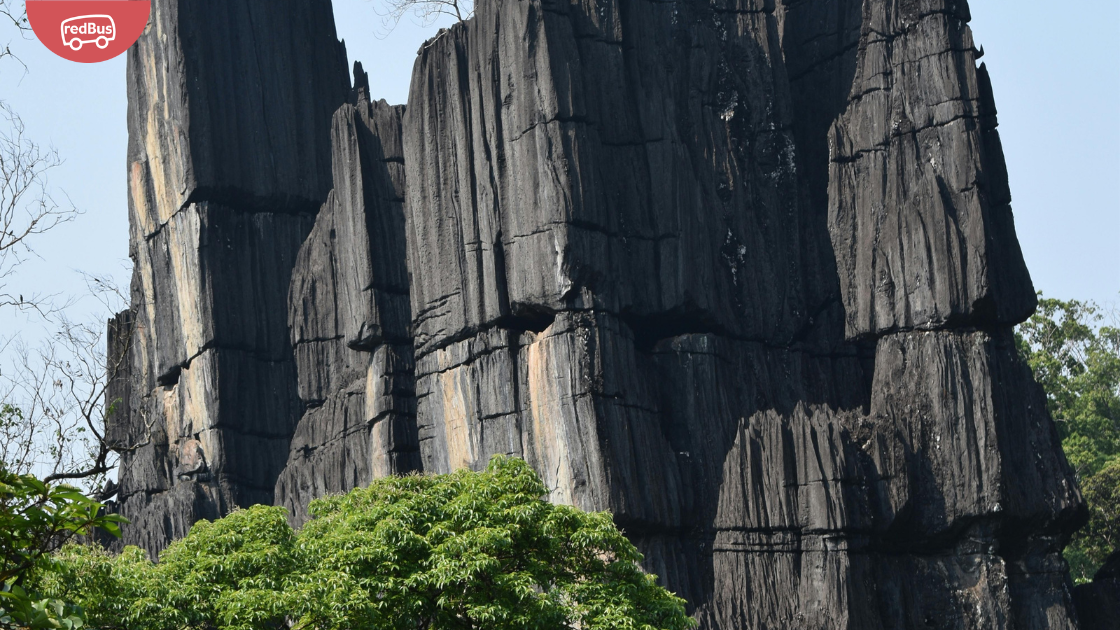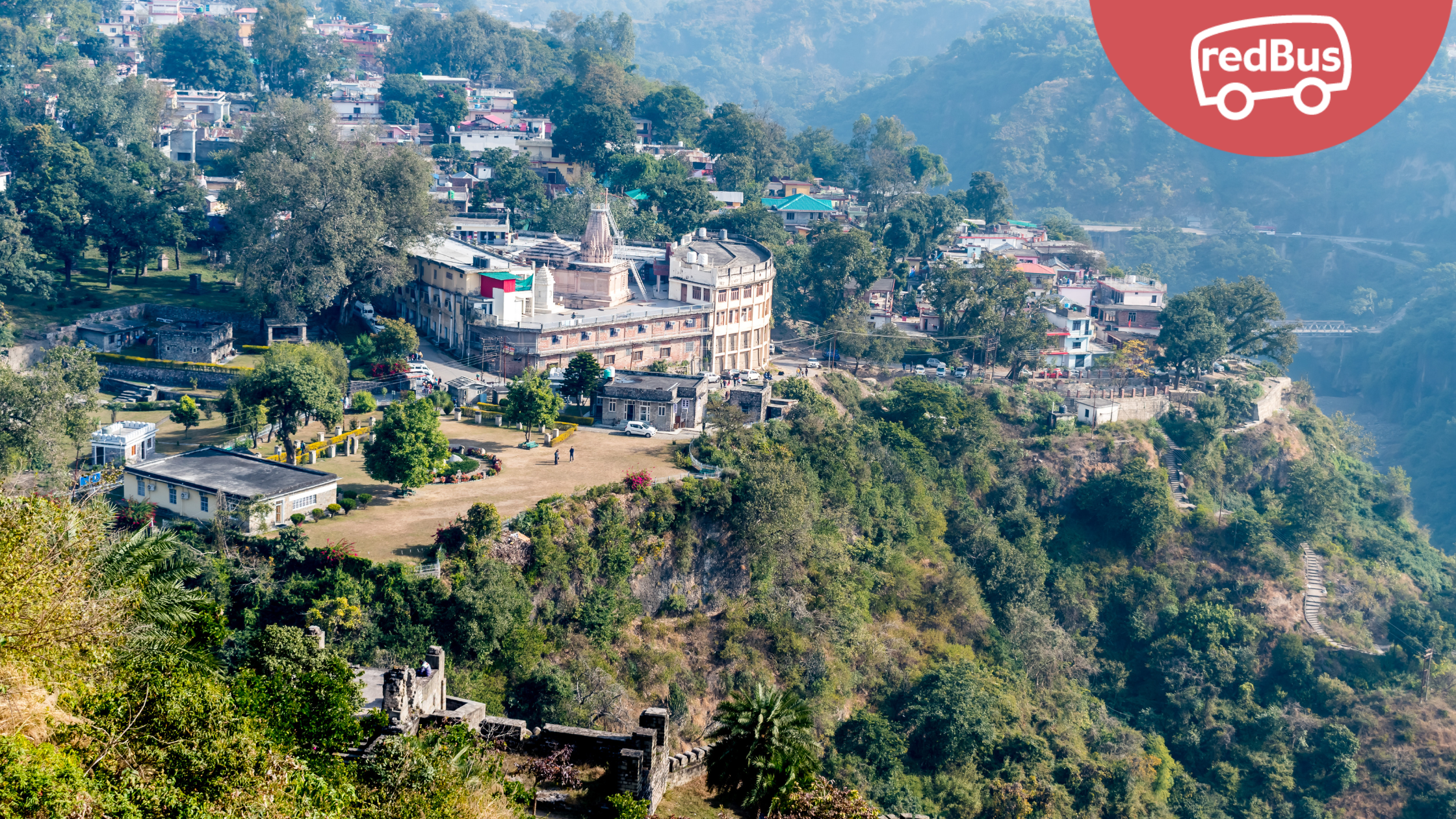The Sun Temple, located in Konark, Odisha, is an architectural marvel and a testament to India’s rich cultural heritage. Built in the 13th century, it is dedicated to the Sun God, Surya, and is renowned for its exquisite architecture and intricate carvings.
The Sun Temple is not only a symbol of religious devotion but also a masterpiece of Indian architecture. It showcases the ingenuity and artistic prowess of the artisans of that era and holds immense cultural and historical significance in the annals of Indian heritage.
Historical Background of Sun Temple Konark
1. Origins of the Sun Temple:
The construction of the Sun Temple was commissioned by King Narasimhadeva I of the Eastern Ganga dynasty in the 13th century. It was conceived as a monumental tribute to the Sun God and as a symbol of the king’s power and piety.
2. Patronage and construction period:
The temple was constructed over a period of 12 years, from 1255 to 1267 CE, under the patronage of King Narasimhadeva I. It was designed by renowned artisans and architects who drew inspiration from traditional Odishan architecture and Hindu mythology.
3. Architectural style and significance:
The Sun Temple is a prime example of Kalinga architecture, characterized by its towering spire (shikara), intricate carvings, and elaborate sculptures. The temple’s layout resembles a colossal chariot with 24 intricately carved wheels, representing the 24 hours of the day, and is adorned with depictions of celestial beings, mythical creatures, and divine motifs.
Architectural Marvels
A. Description of the temple complex: The Sun Temple complex comprises the main sanctum sanctorum (garbhagriha), the Jagamohana (assembly hall), and the Natya Mandapa (dance hall), surrounded by a large compound. The main sanctum once housed a colossal statue of the Sun God, which is now lost to time.
B. Intricate carvings and sculptures: The temple’s exterior walls are adorned with intricate carvings depicting various scenes from Hindu mythology, celestial nymphs (apsaras), and divine beings. The intricate detailing and craftsmanship of the sculptures are a testament to the skill and dedication of the artisans.
C. Unique features and symbolism: One of the most striking features of the Sun Temple is its alignment with the east-west axis, allowing the first rays of the morning sun to illuminate the sanctum sanctorum. This architectural feat symbolizes the worship of the Sun God and underscores the temple’s spiritual significance.
Mythological Significance of Sun Temple
- Legends and myths associated with the Sun Temple: According to Hindu mythology, the Sun Temple of Konark is believed to have been built by the divine architect Vishwakarma at the behest of Lord Krishna’s son, Samba. Legend has it that Samba was afflicted with leprosy and sought the Sun God’s blessings for a cure.
- .Religious rituals and practices: The Sun Temple continues to be a site of religious significance and pilgrimage for devotees of the Sun God. Daily rituals and prayers are performed by priests, and festivals such as Magha Saptami and Chandrabhaga Mela are celebrated with great fervor and devotion.
- Cultural festivals and celebrations: The Konark Dance Festival, held annually in December, is a celebration of Indian classical dance forms and music, showcasing performances by renowned artists against the backdrop of the Sun Temple. The festival attracts art connoisseurs and enthusiasts from around the world.
Exploring the Sun Temple: Travel Itineraries
Day Trip Itinerary Sun Temple
- Departure from nearby cities (e.g., Bhubaneswar, Puri)
- Morning arrival and temple visit
- Exploring nearby attractions (e.g., Chandrabhaga Beach, ASI Museum)
- Return journey
If you wish to book the bus ticket to Bhubaneswar or Puri. Now you can book OSRTC bus ticket on redBus to enjoy hassle free journey.
Weekend Getaway Itinerary
- Two-day itinerary for a more leisurely exploration
- Day 1: Arrival and temple visit, sunset viewing
- Day 2: Exploring surrounding areas and cultural experiences
- Departure
Extended Stay Itinerary
- Ideal for travelers interested in deeper exploration
- Day-wise breakdown of activities, including temple visits, cultural shows, and village tours
- Recommendations for accommodations and dining options
People Also Read: Explore the Mystique of Jagannath Temple in Puri: A Spiritual Odyssey
Practical Tips for Visitors
- Best time to visit the Sun Temple: The winter months (October to March) are ideal for visiting the Sun Temple, as the weather is pleasant and conducive to outdoor activities.
- Entry fees and timings: The Sun Temple is open to visitors from sunrise to sunset, and entry fees apply for both domestic and international tourists.
- Dress code and etiquette: Visitors are advised to dress modestly and observe decorum while visiting the temple premises, respecting its religious sanctity.
- Safety precautions and travel advisories: Travelers should exercise caution while exploring the temple complex, especially in areas with uneven terrain or steep steps.
- Transportation options and travel logistics: The Sun Temple is accessible by road from major cities such as Bhubaneswar and Puri, with regular bus and taxi services available for transportation. If you wish to book OSRTC bus ticket online, you can book it from redBus.
In conclusion, we have delved into the history, significance, architectural marvels, mythological significance, preservation efforts, and travel itineraries for exploring the Sun Temple of Konark. Whether you’re planning a day trip, a weekend getaway, or an extended stay, the Sun Temple promises an enriching and unforgettable experience steeped in culture, heritage, and spirituality. So, pack your bags, embark on a journey to Konark, and witness the timeless beauty of the Sun Temple and its legacy.











